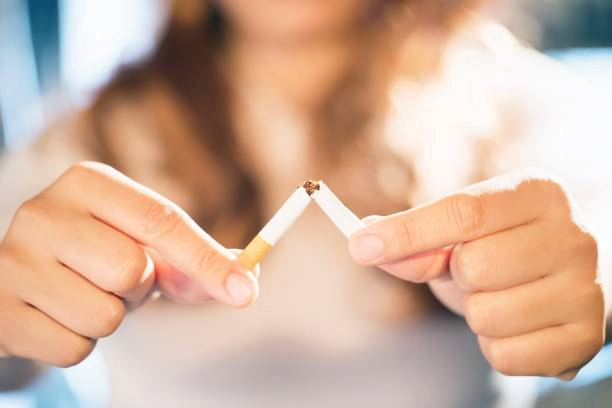
Much has been said about the close relationship between cancer and smoking. Tobacco smoke contains more than 7,000 compounds and chemicals. At least 69 of these products cause cancer, according to studies. Thus, it is easy to understand that even passive smoking is dangerous.
Going a little deeper into this universe of diseases related to smoking, mouth cancer appears as one of the most recurrent among smokers, and belongs to the group of head and neck tumors. A disease that mainly affects the male audience.
It is good to remember that cigarettes and other tobacco products’ danger gains an added incentive when associated with alcohol. Smoking while drinking alcohol, which is very common in moments of relaxation and leisure, such as in bars and parties, can increase the chance of cancer in this region by 19 times. Not to mention that many people associate one behavior with another and, thus, they become stronger and stimulated. There is even the “social smoker,” who only smokes while drinking.
ALSO READ: 4 tips to comfortably wear a mask all day!
It is worth remembering that the risk is not limited to cigarettes. Cigar, pipe, roll smoke, snuff, hookah, and other tobacco products also share the same risks, including tumor appearance in the oral cavity.
What is mouth cancer?

Going further into the detail of this disease, mouth cancer is a set of malignant tumors that affect various regions of the mouth such as lips, tongue, gums, mouth, among others.
However, with the passage of time and the evolution of the tumor, other signs and symptoms appear: ulcers that do not heal, pain, bleeding, and the presence of a mass in the oral cavity.
It is possible to notice even greater damage in more advanced cases, such as cranial nerve involvement, loss of teeth, difficulty opening the mouth, swallowing, weight loss, and hoarseness. Due to late diagnosis, this is a disease that has high mortality rates.
Risk factors beyond smoking

Although smoking has a strong relationship with the onset of the disease, there are other aspects to be observed to ensure adequate prevention:
- Alcohol intake increases the risks, especially when associated with smoking;
- Exposure to the sun without protection also influences the appearance of cancer in the lips region;
- Human Papillomavirus (HPV) infections caused by unprotected oral sex are related to oropharyngeal cancer;
- Individuals who are seropositive or who use immunosuppressants are at increased risk of developing oral cancer;
- Age and gender appear as risk factors. Men over 40 are more likely to develop oral cancer.
What is the best way to prevent it?

As with many other diseases, including other types of cancer, prevention involves maintaining healthy habits and lifestyles. But speaking specifically of oral cancer, primary prevention is based on reducing exposure to the main risk factors: tobacco, alcohol, solar radiation, and HPV viruses.
Secondary prevention occurs through the early diagnosis of any changes that arise in the oral cavity and that have malignant potential. The presence of lesions such as: leukoplakia (white spots), erythroplasia (red spots), and actinic cheilitis (lesion that affects the lower lip) make the region more susceptible to developing cancer.
